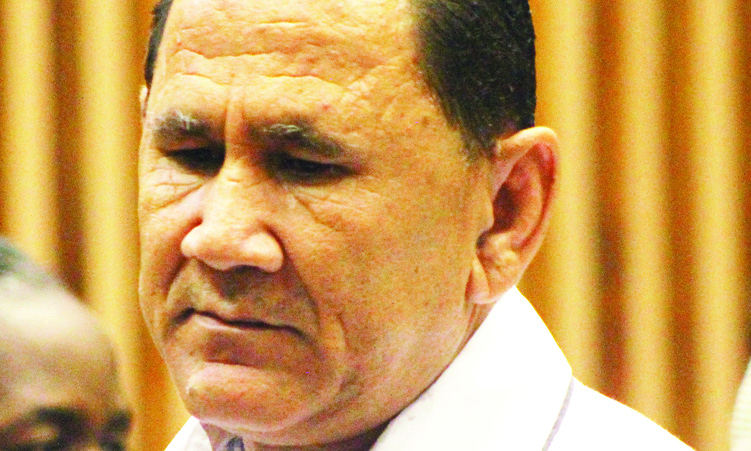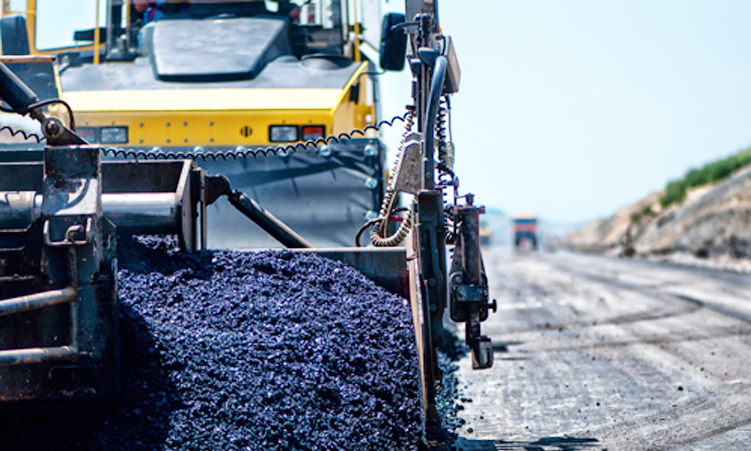NAMIBIA is among the developing countries leading the way in phasing out the use of substances that deplete the earth’s protective ozone layer, says Trade and Industry Minister Hage Geingob.
He says Namibia is doing this with sound policy and legislation, and building smart partnerships with other government agencies and industries. Geingob said this a speech read on his behalf by a senior official in his Ministry, Freddie /Gaoseb, at the commemoration of the 21st anniversary of the Montreal Protocol on substances that deplete the ozone layer and the 21st International Ozone Day in Windhoek on Tuesday.Namibia ratified the protocol in 1993 and its ozone layer programme was approved in 1995.The Ozone Layer Unit in the Ministry of Trade and Industry came into being in 1996.Geingob said scientific reports indicate that as a result of the Montreal Protocol, the level of ozone-depleting gases in the atmosphere has decreased in recent years.Substantial recovery of the ozone layer is expected around the middle of the century, he said, “assuming of course global compliance with the protocol in question”.In an era of globalisation, he said, industries need to be in the forefront of current issues in marketing their products.”Labelling their products as ‘CFC free’ is a good marketing strategy to sell products globally,” the Minister said.Sara Hamunyela, the assistant Ozone Layer Officer, said Namibia imports only products that are ozone friendly.She said efforts are being made to convert existing products – such as fridges, air-conditioners and other refrigeration equipment – that use chlorofluorocarbons (CFCs).Ozone is a transparent gas in the upper atmosphere that shields earth from the harmful ultraviolet rays of the sun, which can cause skin cancer and eye damage.Recent studies have shown that one out of 75 Namibians has skin cancer and people with albinism are more vulnerable.Geingob said this a speech read on his behalf by a senior official in his Ministry, Freddie /Gaoseb, at the commemoration of the 21st anniversary of the Montreal Protocol on substances that deplete the ozone layer and the 21st International Ozone Day in Windhoek on Tuesday.Namibia ratified the protocol in 1993 and its ozone layer programme was approved in 1995.The Ozone Layer Unit in the Ministry of Trade and Industry came into being in 1996.Geingob said scientific reports indicate that as a result of the Montreal Protocol, the level of ozone-depleting gases in the atmosphere has decreased in recent years.Substantial recovery of the ozone layer is expected around the middle of the century, he said, “assuming of course global compliance with the protocol in question”.In an era of globalisation, he said, industries need to be in the forefront of current issues in marketing their products.”Labelling their products as ‘CFC free’ is a good marketing strategy to sell products globally,” the Minister said.Sara Hamunyela, the assistant Ozone Layer Officer, said Namibia imports only products that are ozone friendly.She said efforts are being made to convert existing products – such as fridges, air-conditioners and other refrigeration equipment – that use chlorofluorocarbons (CFCs).Ozone is a transparent gas in the upper atmosphere that shields earth from the harmful ultraviolet rays of the sun, which can cause skin cancer and eye damage.Recent studies have shown that one out of 75 Namibians has skin cancer and people with albinism are more vulnerable.
Stay informed with The Namibian – your source for credible journalism. Get in-depth reporting and opinions for
only N$85 a month. Invest in journalism, invest in democracy –
Subscribe Now!






